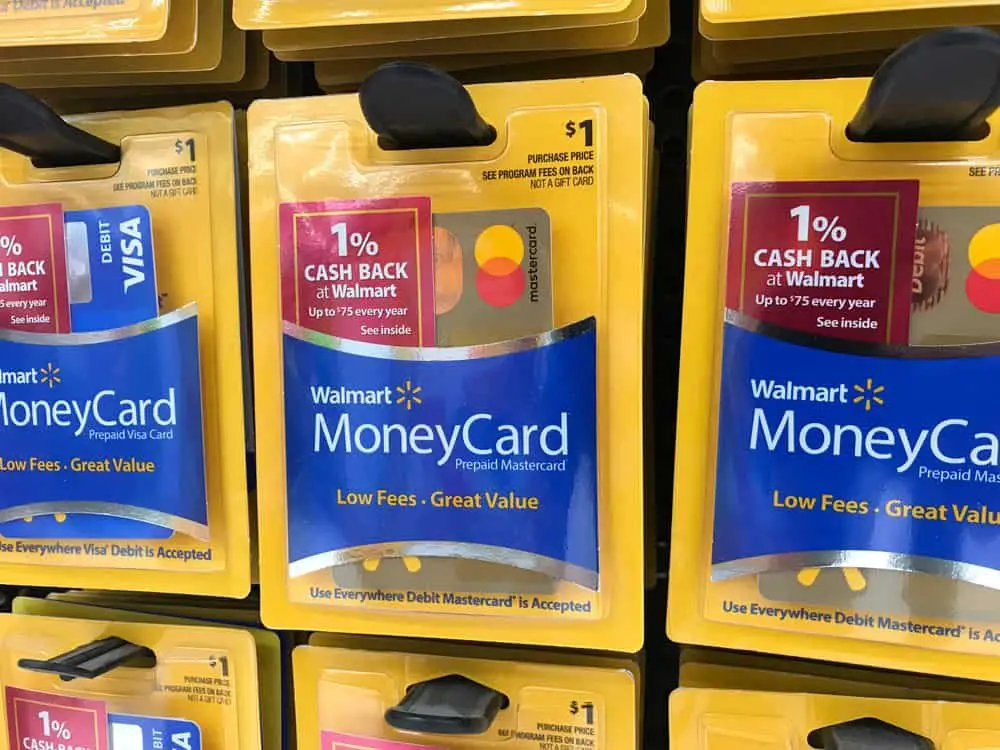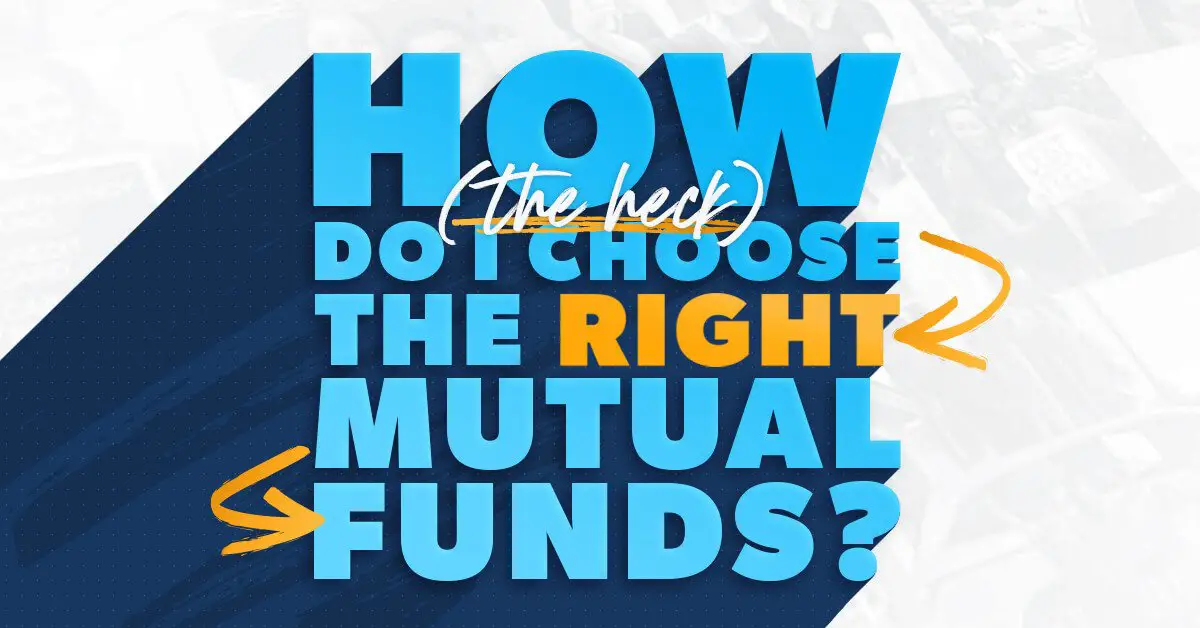Prepaid cards have become increasingly popular in recent years, offering a simple and convenient solution for managing your finances. But what are prepaid cards and how do they work? In a nutshell, prepaid cards function like a regular debit or credit card, but with a twist. Instead of being linked to a bank account or credit line, prepaid cards are loaded with a predetermined amount of money, which can be used for purchases or withdrawals. This innovative payment method provides flexibility, control, and security, making it an ideal choice for budget-conscious individuals or those who prefer to avoid traditional banking systems. Let’s dive deeper into the world of prepaid cards and explore their workings, benefits, and how they can enhance your financial management.
What Are Prepaid Cards and How Do They Work?
Prepaid cards have become increasingly popular in recent years as a convenient and secure alternative to traditional payment methods. Whether you’re managing your finances, travelling abroad, or looking for a flexible way to make purchases, prepaid cards offer a range of benefits. In this article, we will explore what prepaid cards are, how they work, and why you might consider using one.
Understanding Prepaid Cards
Prepaid cards are similar to debit or credit cards, but with a key difference: they are not linked to a bank account or line of credit. Instead, users load funds onto the card in advance, either online or at retail locations. These cards can then be used to make purchases, withdraw cash, or perform other financial transactions, up to the available balance.
Types of Prepaid Cards
There are several types of prepaid cards available, each designed to meet different needs:
- General Purpose Prepaid Cards: These cards are versatile and can be used for a wide range of purposes, such as everyday spending, bill payments, and online shopping.
- Travel Prepaid Cards: Ideal for globetrotters, these cards allow you to load multiple currencies and offer competitive exchange rates. They can be a cost-effective way to manage your money while travelling abroad.
- Payroll Cards: Employers may issue payroll cards to their employees instead of paper checks. These cards enable workers to receive their salaries electronically and access funds conveniently.
- Gift Cards: Prepaid gift cards are popular presents for birthdays, holidays, or special occasions. They allow recipients to choose their own gifts and make purchases at specific retailers.
- Teen Cards: These cards are specifically designed for teenagers and young adults, allowing parents to provide them with funds while teaching financial responsibility.
How Do Prepaid Cards Work?
Now that we understand the basics, let’s dive deeper into how prepaid cards actually work. The process can be broken down into six simple steps:
Step 1: Obtain a Prepaid Card
To get started, you need to obtain a prepaid card. This can typically be done by visiting a bank, financial institution, or purchasing one online. Some cards have an activation fee, so it’s important to compare options and find one that suits your needs and budget.
Step 2: Activate Your Card
Once you have your prepaid card, you will need to activate it. This usually involves calling a toll-free number or visiting the issuer’s website and providing the necessary information, such as the card number and your personal details. Activation is crucial as it allows you to use the card.
Step 3: Load Funds Onto Your Card
After activation, it’s time to load funds onto your prepaid card. There are various methods for doing this:
- Direct Deposit: If your employer offers direct deposit, you can have your paycheck deposited directly onto your prepaid card.
- Bank Transfer: You can transfer funds from your bank account to your prepaid card using electronic funds transfer (EFT).
- Cash Reload: Some prepaid cards allow you to add funds at participating retail locations, such as supermarkets or convenience stores.
- Online Transfer: Many prepaid card issuers offer online portals where you can transfer funds from your bank account or credit card.
Step 4: Use Your Prepaid Card
Once your card is loaded with funds, you can start using it for various transactions. Prepaid cards can be used in the same way as traditional debit or credit cards, whether for in-store purchases, online shopping, or cash withdrawals from ATMs.
Step 5: Monitor Your Balance
As you make purchases and withdrawals, it’s important to keep an eye on your prepaid card balance. Most cards allow you to check your balance online or through a mobile app. This way, you can ensure you have sufficient funds for your desired transaction and avoid any declined payments.
Step 6: Reload or Renew Your Card
Once your prepaid card balance starts running low, you will need to reload it with additional funds. This can be done using the same methods mentioned earlier, depending on the options provided by your card issuer. Some cards may also have expiration dates, requiring you to renew or replace them after a certain period.
The Benefits of Prepaid Cards
Now that we understand how prepaid cards work, let’s explore their benefits and why you might consider using one:
1. Convenience and Flexibility
Prepaid cards offer convenience and flexibility, making them a popular choice for individuals who prefer not to carry large amounts of cash or link their bank accounts to every transaction. They can be used for everyday purchases, bill payments, or even as a budgeting tool.
2. Security
When you use a prepaid card, your personal bank account information is not exposed during transactions. This provides an added layer of security, protecting you against potential fraud or identity theft. Moreover, prepaid cards are not connected to a line of credit, so even if the card is lost or stolen, the damage is limited to the available balance.
3. Budgeting and Financial Management
Prepaid cards can be a useful tool for budgeting and managing your finances. Since you can only spend the amount loaded onto the card, it helps you stay within your budget. It’s also a great way to limit spending for teenagers or college students, as parents can easily monitor and control the funds loaded onto their prepaid cards.
4. Travel-Friendly
Travel prepaid cards are particularly advantageous for globetrotters. They allow you to load multiple currencies onto a single card, avoiding the hassle of carrying cash or exchanging money at unfavorable rates. With travel prepaid cards, you can make purchases abroad, withdraw local currency, and track your expenses conveniently.
5. No Credit Check or Bank Account Required
Unlike traditional credit cards or even some debit cards, prepaid cards do not require a credit check or a bank account. This makes them accessible to a wider range of individuals, including those with limited or no credit history. Moreover, it provides an alternative for individuals who may not qualify for a traditional bank account.
Prepaid cards are versatile financial tools that offer convenience, security, and flexibility. Whether you need an everyday spending card, a travel companion, or a way to manage your finances, prepaid cards can be a viable solution. By understanding how they work and the benefits they provide, you can make an informed decision about whether a prepaid card is right for you. So, next time you find yourself in need of a payment method that offers control and ease of use, consider exploring the world of prepaid cards.
Understanding How Prepaid Cards Work
Frequently Asked Questions
Frequently Asked Questions (FAQs)
What are prepaid cards?
Prepaid cards are payment cards that are loaded with a specific amount of money in advance. They are not linked to a bank account and do not require a credit check. These cards can be used for various purposes, including online and in-store purchases, bill payments, and ATM withdrawals.
How do prepaid cards work?
Prepaid cards work by loading funds onto the card, either in person at a retail location or online. Once the card is loaded, it can be used to make purchases or withdraw cash until the balance is depleted. Some cards can be reloaded with additional funds, while others are disposable and cannot be reloaded.
Can prepaid cards be used internationally?
Yes, prepaid cards can often be used internationally. However, it is important to check with the specific card issuer to ensure international acceptance. Additionally, some cards may charge foreign transaction fees or have limitations on usage in certain countries.
What are the advantages of using prepaid cards?
Using prepaid cards offers several advantages. They provide a convenient way to make purchases without carrying cash, and they can help individuals stick to a budget since they only allow spending up to the card’s available balance. Prepaid cards also do not require a bank account or credit check, making them accessible to a wider range of individuals.
Are there any fees associated with prepaid cards?
It depends on the prepaid card. Some cards may have activation fees, monthly maintenance fees, or fees for certain transactions such as ATM withdrawals. It is important to carefully review the terms and conditions of a prepaid card to understand any associated fees before purchasing or using the card.
Can prepaid cards help me build my credit?
No, prepaid cards do not help in building credit. Since they are not linked to a credit account, they do not impact your credit history or credit score. If you are looking to build or improve your credit, other financial products like secured credit cards or traditional credit cards may be more suitable.
How do I reload funds onto a prepaid card?
Reloading funds onto a prepaid card can typically be done through various methods such as direct deposit, bank transfers, cash reloads at participating retailers, or online transfers from a bank account or another payment card. The options for reloading funds may vary depending on the specific prepaid card.
What happens if my prepaid card is lost or stolen?
If your prepaid card is lost or stolen, it is important to contact the card issuer immediately. Most prepaid cards have customer service hotlines where you can report the loss or theft. The card issuer will typically block the card to prevent unauthorized use and may assist in issuing a replacement card with the remaining balance transferred.
Final Thoughts
Prepaid cards are a convenient and versatile financial tool that allows users to make purchases and manage their money. These cards are not linked to a bank account and require users to load funds onto them in advance. They work similarly to debit cards, as users can use them to make purchases online or in-store, withdraw cash from ATMs, and even pay bills. Prepaid cards provide a safe and secure way to control spending and track expenses. With the flexibility they offer, prepaid cards are a practical solution for budgeting and managing finances. So, what are prepaid cards and how do they work? They are a smart option for anyone seeking financial control and convenience.



